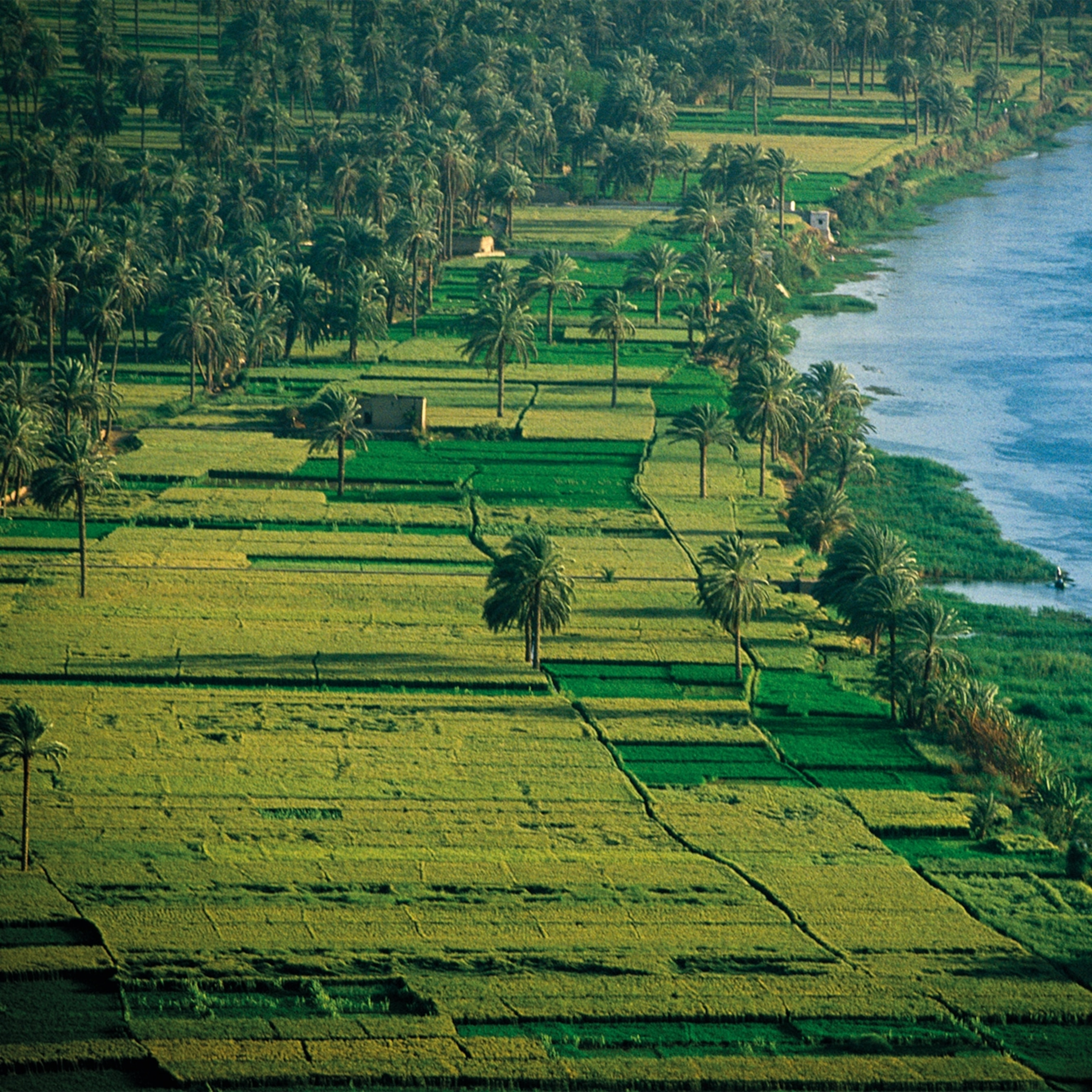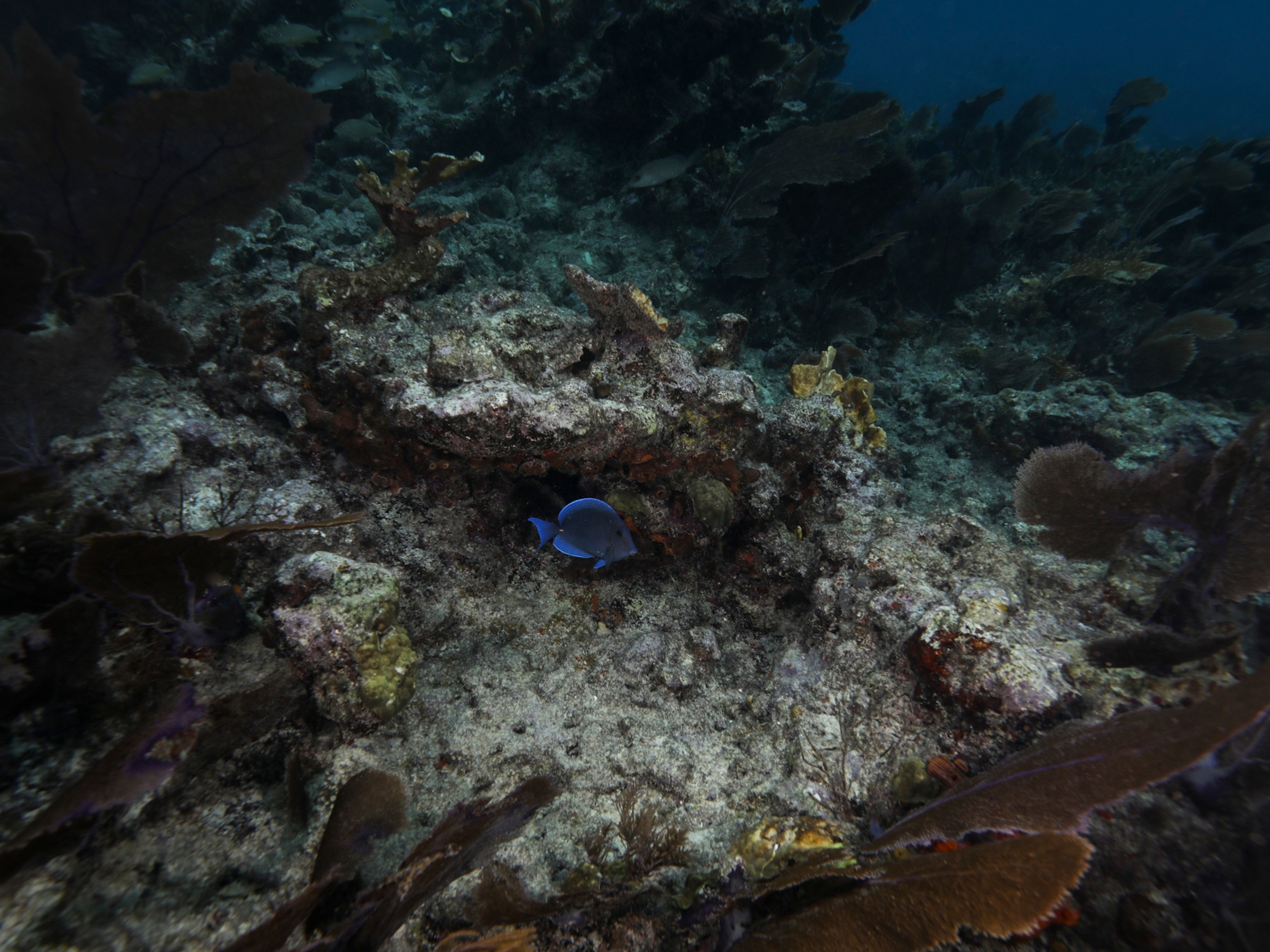
Is building more dams the way to save rivers?
As rivers either rage or fade from climate change-caused extreme weather, the debate is intensifying as to what role dams should or shouldn’t play in managing it.
Around the world, rivers seem to be either raging or retreating.
While catastrophic flooding of Pakistan’s rivers has left one-third of that country submerged and tens of millions without homes, a drought unseen for 500 years has squeezed Europe’s major waterways almost dry. In the United States, the Kentucky River suffered deadly flooding this summer, while the parched Colorado River dropped so low it triggered water allocation cuts across several states.
There is little disagreement about what’s going on; scientists have for years warned that our changing climate will cause both rainfall and droughts to intensify, making the wet wetter and the dry dryer, with ever-more-extreme impacts on rivers. The question now may be how to manage those climate-changed waterways and, specifically, what role dams should or should not play in mitigating against the kinds of disasters we’ve been seeing lately and will see more of.
Here, opinions diverge. Advocates say water storage dams will become more essential as buffers against extreme water flows by absorbing water during flooding and releasing it in times of drought. Dams, they say, can help combat climate change, which rising greenhouse gas emissions fuel, by producing renewable hydropower that is cleaner than energy derived from dirty fossil fuels.

“Dams and hydropower are not panaceas but are fundamental in climate mitigation and adaptation,” says Richard Taylor, a leading hydropower expert who runs a U.K.-based consulting company called RMT Renewables.
Not so, counter critics, who claim dams do more harm than good. Their arguments have long centered on the negative impact most dams have on biodiversity and river ecosystems, but increasingly a scientific case is also being made that dams actually worsen both floods and droughts. Critics also point to studies showing that reservoirs created by dams often emit far more harmful greenhouse gases than previously understood.
“Dams are a false climate solution,” says Isabella Winkler, who co-leads International Rivers, a U.S.-based advocacy group. “[They] have been touted as a source of green energy when they are anything but.”
Most vulnerable
For millennia, dams have been built across rivers and streams to irrigate farms, provide drinking water, and prevent flooding. During the industrialization of Europe in the late 1800s, large dams were built for electricity generation, and the early 1900s ushered in an era of massive hydropower projects in the United States.
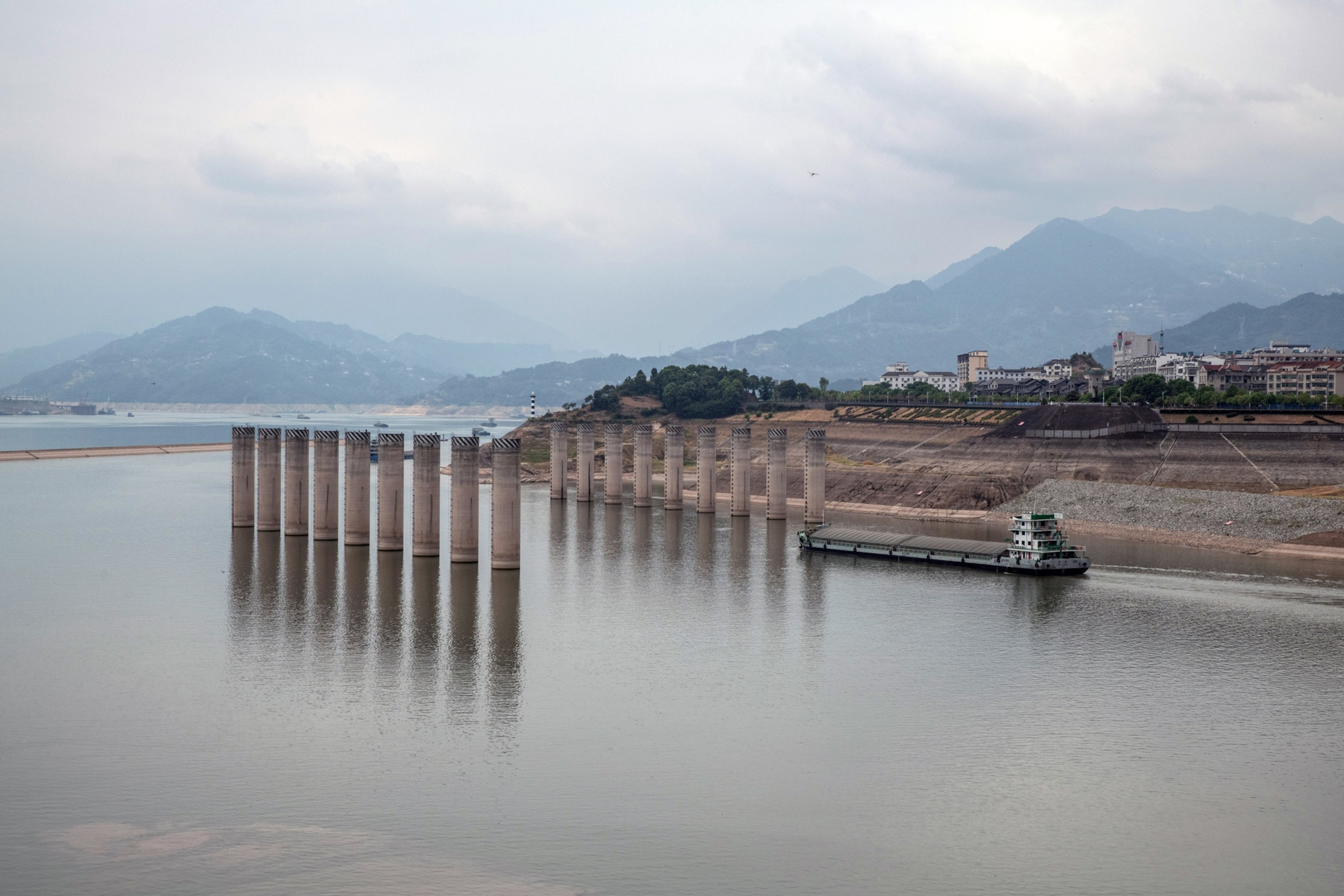
In recent decades, few large dams have been constructed in North America or Europe, with most rivers there already chock full. In other parts of the world, hydropower development has ramped up, though it peaked globally in 2013 with megadams built in China and Brazil. Today, hydropower supplies 17 percent of global electricity generation, the third largest source after coal and natural gas.
Countries as diverse as Paraguay, Nepal, Norway, and the Democratic Republic of Congo rely on hydropower for almost all their electricity production. For others, like The Netherlands, which is located largely at or below sea level, flood control structures, including dams, are seen as an existential necessity.
In the American Southwest, agriculture and a population of 40 million people depend on water drawn from dams along the Lower Colorado River. “The West would look very different if these [dams] were not there,” says Upmanu Lall, the director of the Columbia (University) Water Center in New York.
Experts say that many of the rivers most at risk from climate change run through countries that lack critical infrastructure and the financial means and technical know-how to deal with extreme weather events. Some point to Pakistan as particularly vulnerable; the country sits in a region expected to be disproportionately affected by both intensifying rains and drought as climate change progresses.
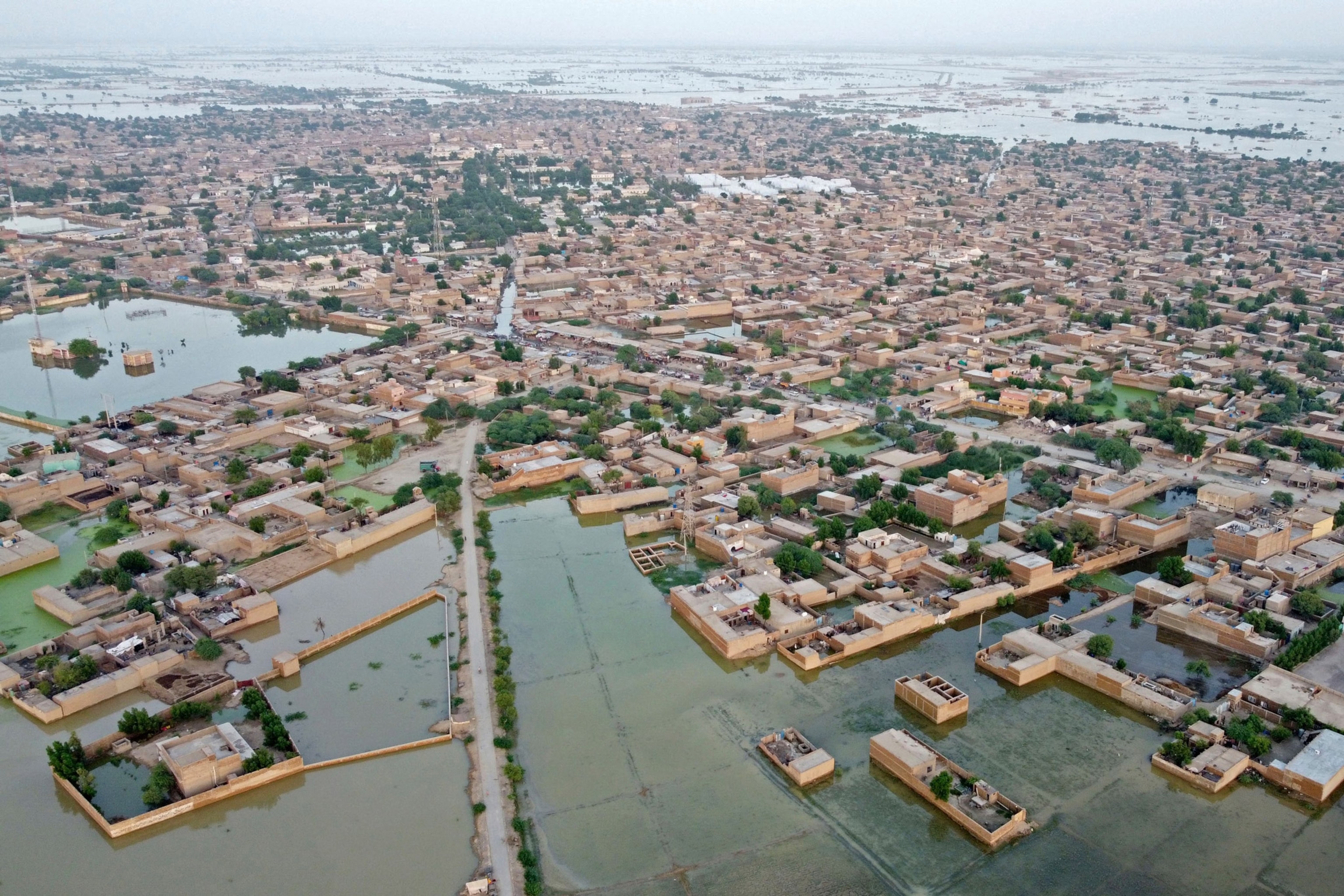
This summer’s devastating flooding, which has killed at least 1,500 people, resulted from torrential monsoon rains that were four times heavier than the long-term average, and followed an unusually strong heat wave earlier in the spring.
Pakistan did not make any major investments in flood control systems following massive flooding in 2010, but it’s not clear that more dams on the already-dammed Indus River, the country’s main waterway, would have alleviated this year’s devastation. “Some of the flooding over southern Pakistan was due to excessive rains over the same areas, so dams would not have helped much there,” says Moetasim Ashfaq, a computational climate scientist at the Oakridge National Laboratory in Tennessee.
But, Ashfaq says, the damage from flooding caused by extreme precipitation in the upstream regions of the Indus Basin could have been largely avoided had smaller flood control reservoirs been built on some of the tributaries. “Such small reservoirs can be very effective in controlling flash flooding,” he says, by giving the extra water a place to go.
Ashfaq also points to the timing of inflows from tributaries. A human-controlled system could regulate flows so that inflows to the main river are staggered, preventing flash flooding.
Weakened jet stream
Scientists warn that many existing dams, built on the promise of reducing flooding, use archaic operating rules based on old climate assumptions. Some dams, for example, may have been constructed without adequate spillways to cope with extreme floods. New dams, experts agree, must be built with the increased precipitation levels of the future in mind.
“We have to design for the worst cases,” says Auroop Ganguly, a professor of civil and environmental engineering at Northeastern University in Boston.
But the unpredictability of climate change makes it difficult to know exactly what those worst cases will look like.
Earlier this year, a study in the journal Nature Communications showed that dams may in some cases actually raise flood risk by altering the makeup and structure of riverbeds downstream. While conventional thinking holds that water released from dams enlarges floodways downstream, and thus reduces flood risk, the study suggests that damming removes fine particles from the water and causes riverbeds to coarsen, which can impede river flow and worsen flooding.
“Although dams can still attenuate the flood peak, the downstream channel cannot carry that much flood water anymore,” says Hongbo Ma, a hydraulic engineering professor at Tsinghua University in Beijing, and the lead author of the study.
The prolonged drought in Europe, which has seen rivers like France’s Loire, Germany’s Rhine, and Italy’s Po drop precipitously low—with huge economic consequences for shipping and other industrial activities—appears to have also exposed the limitations of dams to mitigate against water shortages, considering that Europe is the most heavily dammed continent in the world.
With climate change weakening the jet stream that brings Atlantic moisture to Europe, experts predict that droughts will become more common on the continent. The late summer periods could be particularly bad in central Europe, they say, because the runoffs from the Alps that usually begin to fill rivers there in the spring are likely to occur earlier, as snowpack melts, or is replaced by rain, because of warming temperatures.
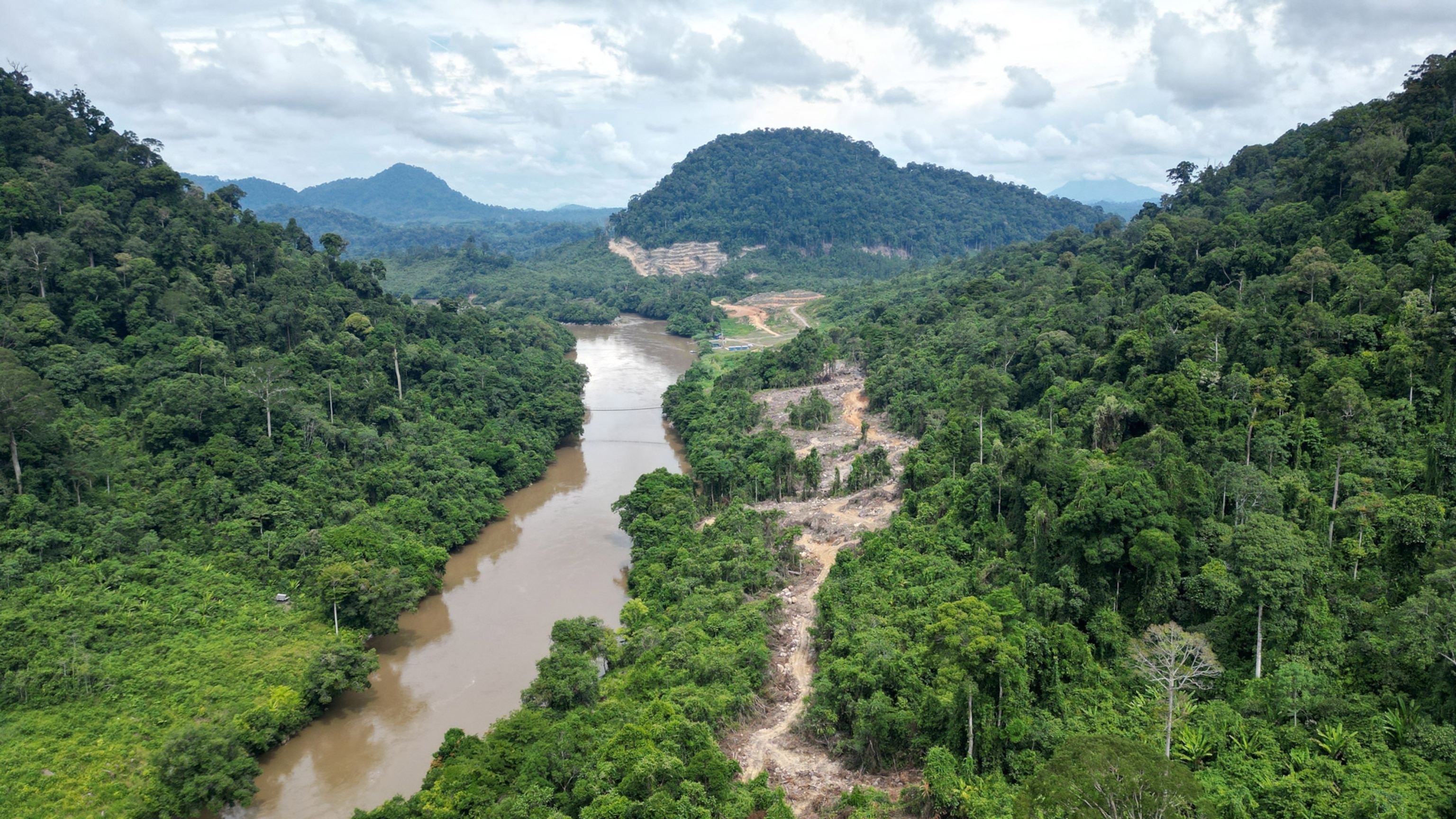
In response to the changing conditions, some European countries, including the United Kingdom, have plans to construct additional large reservoirs to collect water during the year that can be released later during dry periods to support industry and human consumption. But studies have shown that such an approach can lead to a spiraling supply-demand cycle in which increasing water supply leads to higher water demand, which can quickly offset the initial benefits of reservoirs.
“Most scientists agree that these supply-demand cycles, or what we call rebound effects, might worsen the impact of drought and water shortage,” says Giuliano Di Baldassarre, a professor of surface water hydrology and environmental analysis at Uppsala University in Sweden.
Green claims
Hydropower projects themselves are also threatened by climate change. A study by the World Wildlife Fund earlier this year found that almost two in three planned hydropower dams globally will be in river basins with very high or extreme risks for droughts, floods, or both, by the year 2050.
Already, hydropower generation has declined dramatically in many regions due to falling water levels in rivers. For some countries, such as Zambia, which gets most of its electricity from hydropower, losses in the amount of hydro-harnessed electricity can lead to major economic disruptions, which is what happened in the southern African country as a result of a decade-long drought that saw output decline by 40 percent.
“The likely changes in projected costs and benefits could certainly make dams less competitive as [electricity] generation options, or more risky investments, in places with growing levels of risk,” says Jeff Opperman, WWF’s Global Freshwater Lead Scientist, and the author of the WWF report.
With solar and wind technologies becoming more affordable as renewable energy alternatives, hydropower growth is set to contract globally by more than 20 percent through 2030. But in many places, such as in Southeast Asia, hydropower is still expanding rapidly. Many state or privately funded projects in those regions, however, are not based on sound economic rationales, some observers claim, and environmental costs, such as the loss of fisheries, are often ignored.
“The motivation for these projects is often driven by elite politics and corrupt practices with very little actual demand for [them],” says Brian Eyler, the Southeast Asia program director at the Stimson Center in Washington, D.C., who monitors dam construction along Southeast Asia’s Mekong River.
Because no fuels are burned during their operations, dams are still often viewed as a clean form of electricity generation. They are also considered a more benign way of storing energy than with batteries, which require the potentially destructive extractions of minerals in their manufacturing.
But critics say that dams’ green credentials are overblown. They point out that not only do the vast amounts of concrete used to build large dams leave huge carbon footprints, there is also mounting evidence that greenhouse gas emissions from dams are often far greater than previously thought, with some facilities maybe even on par with those burning fossil fuels. That’s because the flooded vegetation that decays under reservoirs behind dams often produces large amounts of methane, a greenhouse gas that is at least 25 times more potent than carbon dioxide.
“Green hydropower is a contradiction in terms, and distracts from more viable solutions to climate change,” says Winkler of International Rivers.
Natural solutions
With megadams often proving too costly and environmentally destructive, more dam developers may be turning to “run-of-river” technology, in which the river’s water flows continuously through a hydropower station without a reservoir to store it. Such projects are generally considered more environmentally friendly, but they’re not flexible; they do not allow for water to be managed according to weather conditions.
One Massachusetts-based group, the Low Impact Hydropower Institute, advocates for hydropower to be added to existing dams in the United States, where currently only 3 percent of dams generate electricity. “Dams can play a key role in both energy production and nature conservation,” says Shannon Ames, the executive director of the institute. “When done sustainably, adding new hydro on a dam that’s already there can actually improve the river around it,” noting that rethinking things such as water flow and not destroying shorelines could be part of that process.
Then there are those who say we should stay away from dams altogether, and look for ways to improve water efficiency using nature-based solutions. Many ecologists say that protecting wetlands, for example, should be a priority, since those ecosystems act as natural sponges for floodwaters within a river basin.
“We have turned river basins into economic machines that only serve people and not nature, and this creates more problems, like droughts and flooding,” says Herman Wanningen, the founder of the advocacy group Dam Removal Europe.
“We have to work with nature and not against it anymore.”



